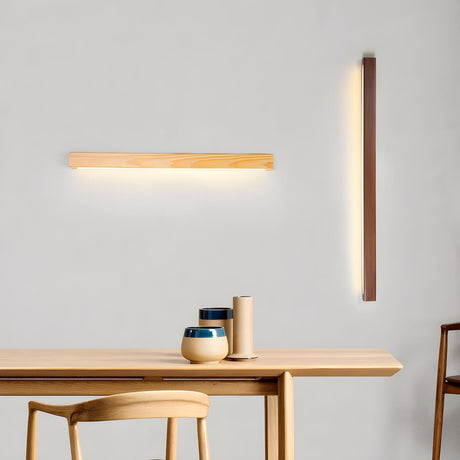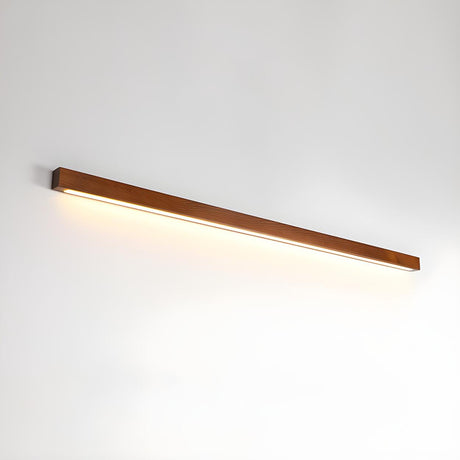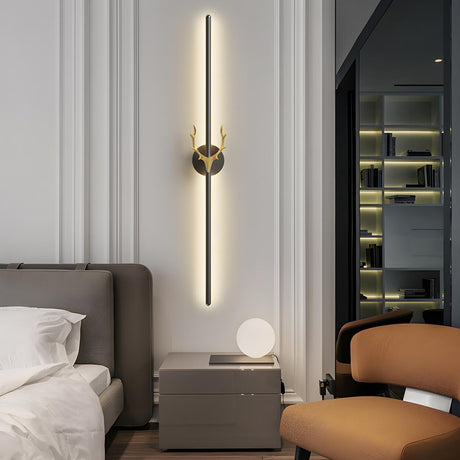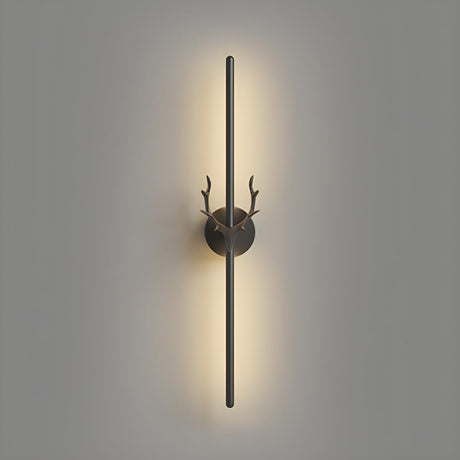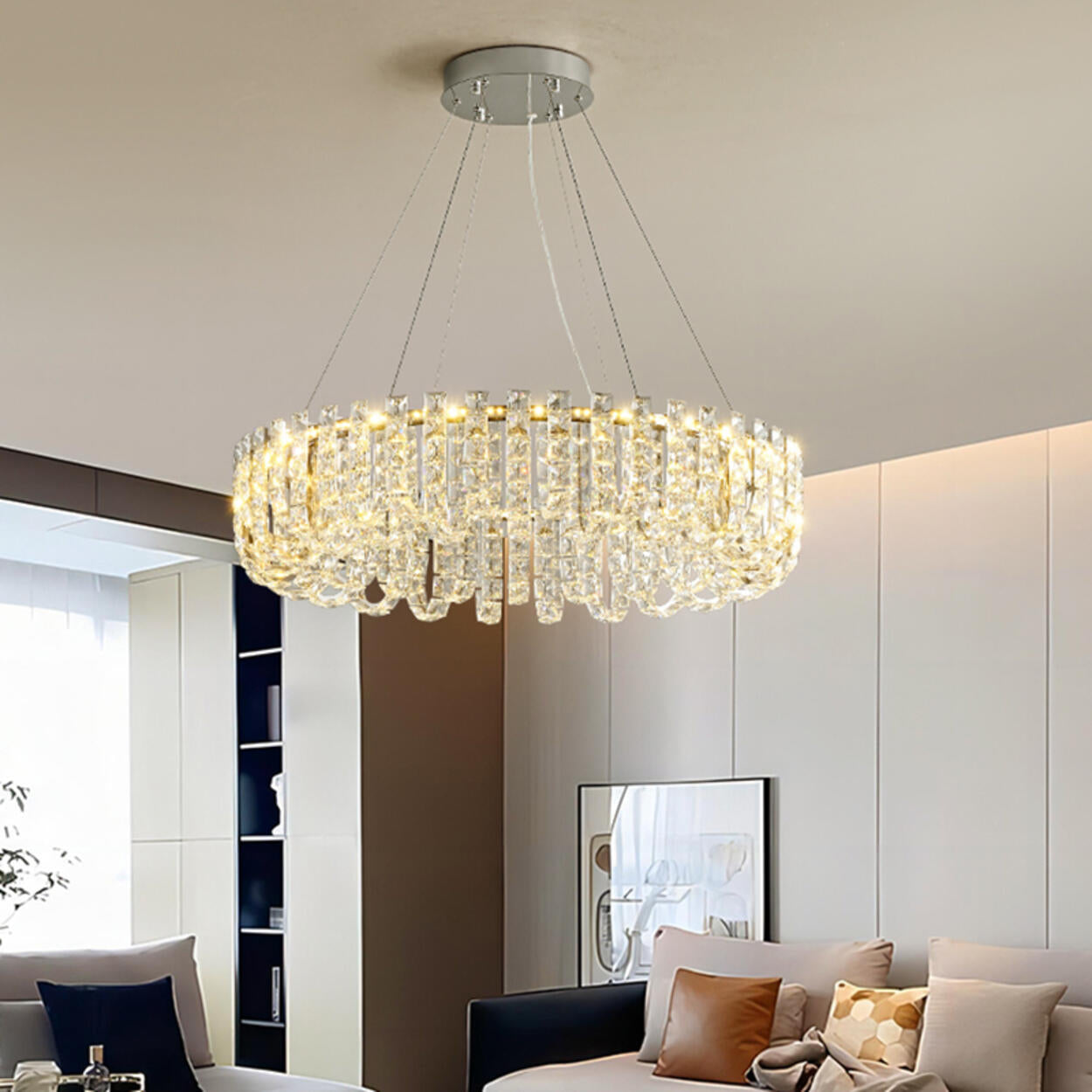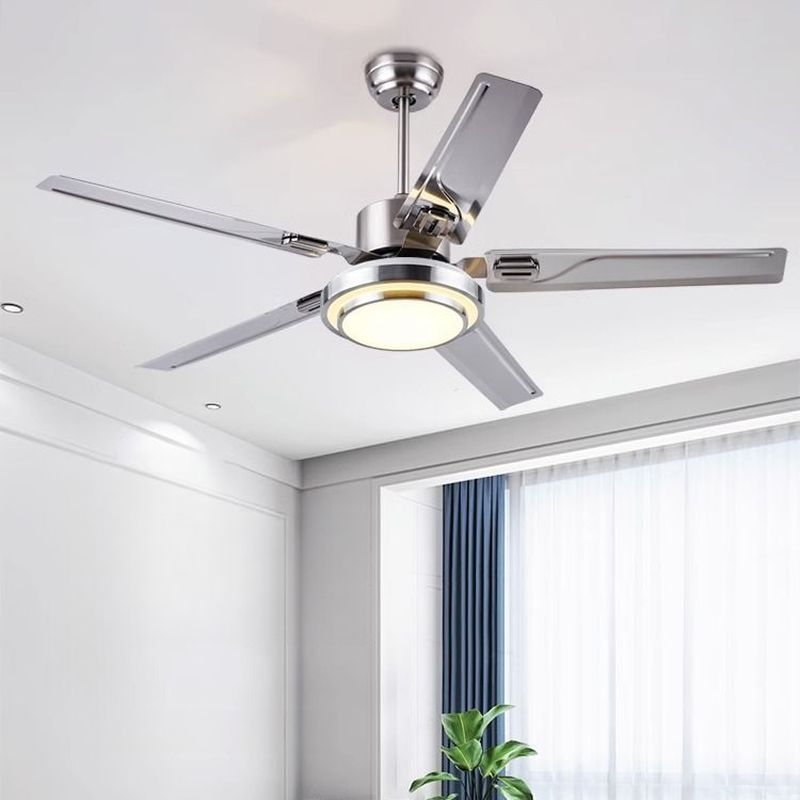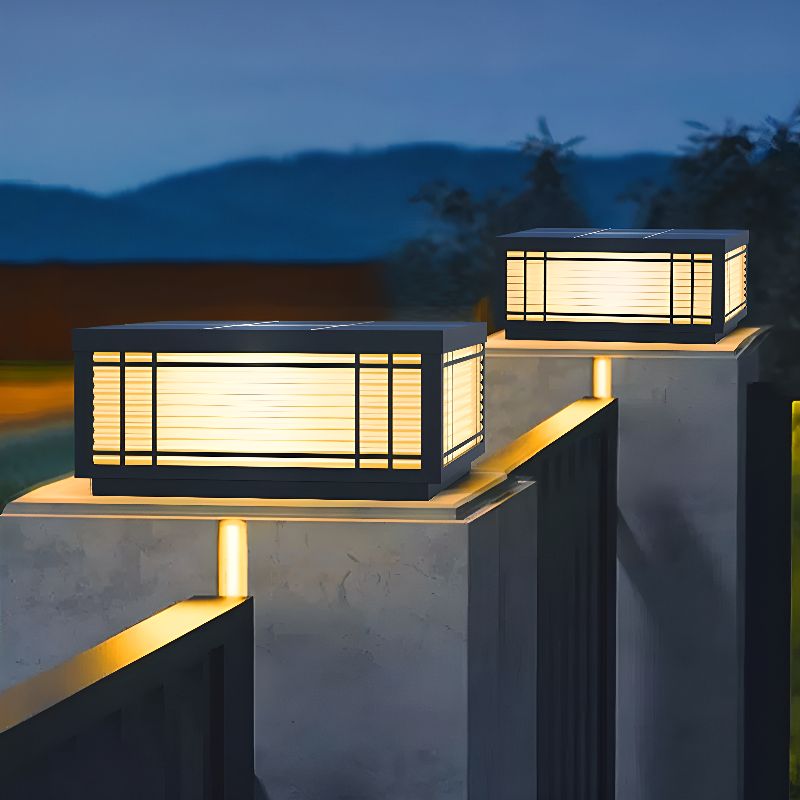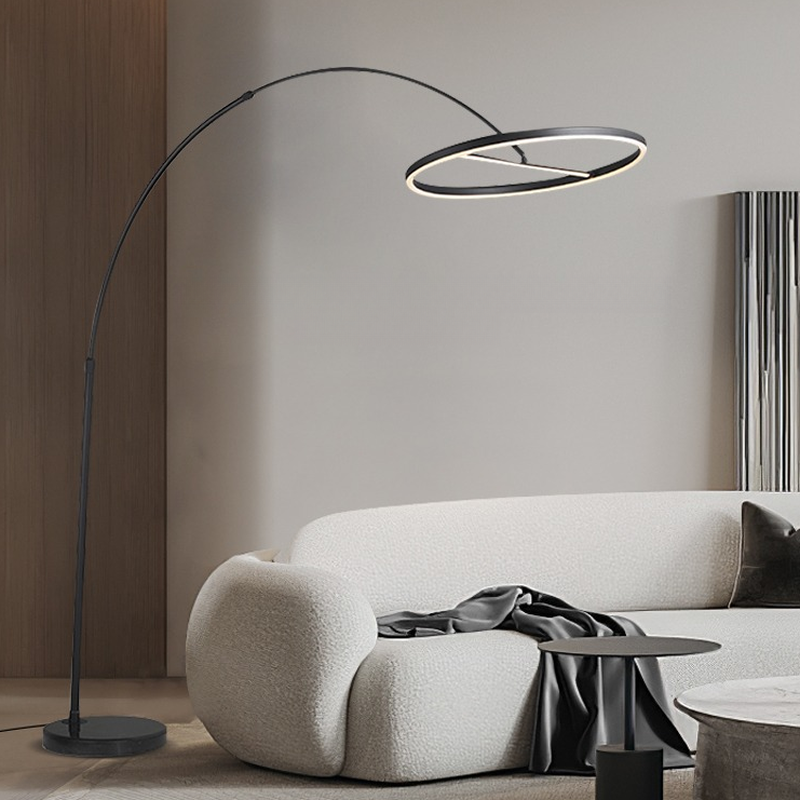-
Extra 12% off
-
Extra 12% off
-
Extra 12% off
-
Extra 12% off
-
Extra 12% off
-
Extra 12% off
-
Extra 12% off
-
Extra 12% off
-
Extra 12% off
-
Extra 12% off
-
Extra 12% off
-
Extra 12% off
-
Extra 12% off
-
Extra 12% off
-
Extra 12% off
-
Extra 12% off
-
Extra 12% off
-
Extra 12% off
-
Extra 12% off
-
Extra 12% off
-
Extra 12% off
-
Extra 12% off
-
Extra 12% off
-
Extra 12% off
-
Extra 12% off
-
Extra 12% off
-
Extra 12% off
-
Extra 12% off
-
Extra 12% off
-
Extra 12% off
-
Extra 12% off
-
Extra 12% off
-
Extra 12% off
-
Extra 12% off
-
Extra 12% off
-
Extra 12% off
-
Extra 12% off
-
Extra 12% off
-
Extra 12% off
-
Extra 12% off
-
Extra 12% off
-
Nordic Black Strip Simple Geometric Accent Vanity Light
From $44.99$126.99Unit price /UnavailableExtra 12% off -
Extra 12% off
-
Extra 12% off
-
Extra 12% off
-
Extra 12% off
-
Extra 12% off
-
Extra 12% off
Related Searches
Frequently Asked Questions
What types of wall lights are available?
What types of wall lights are available?
Wall sconces (decorative accent lighting), night lights (soft glow for safety), and vanity lights (bright, even bathroom lighting). Styles range from modern to traditional.
What’s the difference between wall sconces and wall lights?
What’s the difference between wall sconces and wall lights?
"Wall lights" is the general term; sconces are a decorative subtype. Sconces often cast light up/down, while other wall lights focus on tasks like vanity lighting.
Do wall lights need hardwiring?
Do wall lights need hardwiring?
Many require hardwiring, but plug-in and battery-powered options exist for easy, drill-free installation. Rechargeable or adhesive models work well for renters.
Where should wall lights be placed?
Where should wall lights be placed?
Bedrooms: 60" high or 6–12" above headboard. Hallways: 60–66" high, evenly spaced. Bathrooms: At eye level (65–70") beside or above mirrors.
Can wall lights provide enough brightness for reading?
Can wall lights provide enough brightness for reading?
Yes—choose 300–500 lumen bulbs with adjustable arms or shades to direct light. Avoid glare by positioning properly.
Are wall lights outdated?
Are wall lights outdated?
No—modern designs (matte metals, minimalist shapes) stay stylish, while classic brass or fabric sconces remain timeless. Suits all décor styles.
How to choose a wall light for my décor?
How to choose a wall light for my décor?
Match finishes (brass, black, chrome) to other fixtures. Balance size with wall space. Pick glass/fabric for soft light, metal/clear glass for modern looks.
Can I install wall lights myself?
Can I install wall lights myself?
Plug-in models are DIY-friendly. For hardwired fixtures, basic electrical knowledge helps, but professional installation is safer for complex setups.
What types of wall lights are available?
What types of wall lights are available?
Wall sconces (decorative accent lighting), night lights (soft glow for safety), and vanity lights (bright, even bathroom lighting). Styles range from modern to traditional.
What’s the difference between wall sconces and wall lights?
What’s the difference between wall sconces and wall lights?
"Wall lights" is the general term; sconces are a decorative subtype. Sconces often cast light up/down, while other wall lights focus on tasks like vanity lighting.
Do wall lights need hardwiring?
Do wall lights need hardwiring?
Many require hardwiring, but plug-in and battery-powered options exist for easy, drill-free installation. Rechargeable or adhesive models work well for renters.
Where should wall lights be placed?
Where should wall lights be placed?
Bedrooms: 60" high or 6–12" above headboard. Hallways: 60–66" high, evenly spaced. Bathrooms: At eye level (65–70") beside or above mirrors.
What types of wall lights are available?
What types of wall lights are available?
Wall sconces (decorative accent lighting), night lights (soft glow for safety), and vanity lights (bright, even bathroom lighting). Styles range from modern to traditional.
What’s the difference between wall sconces and wall lights?
What’s the difference between wall sconces and wall lights?
"Wall lights" is the general term; sconces are a decorative subtype. Sconces often cast light up/down, while other wall lights focus on tasks like vanity lighting.
Do wall lights need hardwiring?
Do wall lights need hardwiring?
Many require hardwiring, but plug-in and battery-powered options exist for easy, drill-free installation. Rechargeable or adhesive models work well for renters.
Where should wall lights be placed?
Where should wall lights be placed?
Bedrooms: 60" high or 6–12" above headboard. Hallways: 60–66" high, evenly spaced. Bathrooms: At eye level (65–70") beside or above mirrors.
Can wall lights provide enough brightness for reading?
Can wall lights provide enough brightness for reading?
Yes—choose 300–500 lumen bulbs with adjustable arms or shades to direct light. Avoid glare by positioning properly.
Are wall lights outdated?
Are wall lights outdated?
No—modern designs (matte metals, minimalist shapes) stay stylish, while classic brass or fabric sconces remain timeless. Suits all décor styles.
How to choose a wall light for my décor?
How to choose a wall light for my décor?
Match finishes (brass, black, chrome) to other fixtures. Balance size with wall space. Pick glass/fabric for soft light, metal/clear glass for modern looks.
Can I install wall lights myself?
Can I install wall lights myself?
Plug-in models are DIY-friendly. For hardwired fixtures, basic electrical knowledge helps, but professional installation is safer for complex setups.
About wall lights
Wall lights are more than just a source of illumination-they're a design statement that can transform your space. Whether you're looking to add a touch of elegance, create a cozy ambiance, or enhance functionality, our curated collection of wall lights offers something for every style and need. From modern designs to timeless classics, we've got the perfect lighting solutions to brighten up your home.
Why use wall lights?
Wall lights are versatile, space-saving, and perfect for adding layers of light to any room. They can be used to:
- Highlight Architectural Features: Draw attention to artwork, textured walls, or unique design elements.
- Create Ambiance: Soft, diffused lighting sets the mood for relaxation or entertainment.
- Save Space: Ideal for smaller rooms where floor or table lamps might feel bulky.
- Enhance Functionality: Provide task lighting for reading, cooking, or grooming.
Why trust Homebaa?
- Wide Selection: From wall sconces to swing arm lights, we have a style for every home.
- Affordable Prices: Enjoy high-quality wall lights at competitive prices, offering exceptional value for your money.
- Quality Assurance: Our wall lights are crafted with durability and style in mind.
- Hassle-Free Returns: Enjoy peace of mind with our 30-day return policy.
- Expert Support: Our customer service team is here to help with any questions or concerns.
How to choose the right wall lights?
- Consider the Purpose: Are you looking for ambient, task, or accent lighting?
- Measure Your Space: Ensure the size of the wall light complements the room and doesn't overwhelm it.
- Match Your Décor: Choose a style that aligns with your existing furniture and design theme.
- Think About Placement: Wall lights work best at eye level or slightly above, depending on their function.
Wall lights installation and maintenance tips
Installation:
- DIY Installation: Many wall lights come with easy-to-follow instructions, making them simple to install for those comfortable with basic tools. Plug-in models are especially user-friendly.
- Hardwired Fixtures: For hardwired wall lights, we recommend hiring a licensed electrician to ensure safe and proper installation.
- Placement Height: For general lighting, install wall sconces at eye level (around 60-66 inches from the floor). For task lighting, such as near a reading nook, position them slightly lower for optimal functionality.
Maintenance:
- Regular Cleaning: Dust your wall lights regularly using a soft, dry cloth. For glass or metal fixtures, a damp cloth can be used to remove fingerprints or smudges.
- Bulb Replacement: Always turn off the power before replacing bulbs. Use the recommended wattage to avoid overheating and ensure longevity.
- Check Wiring: Periodically inspect the wiring, especially for hardwired fixtures, to ensure there are no loose connections or wear over time.
EXPAND MORE






























